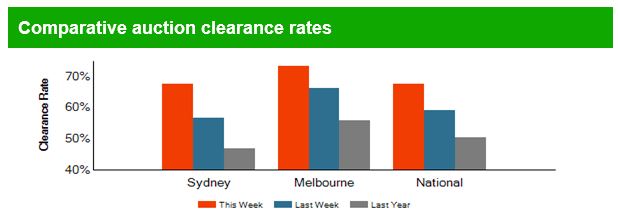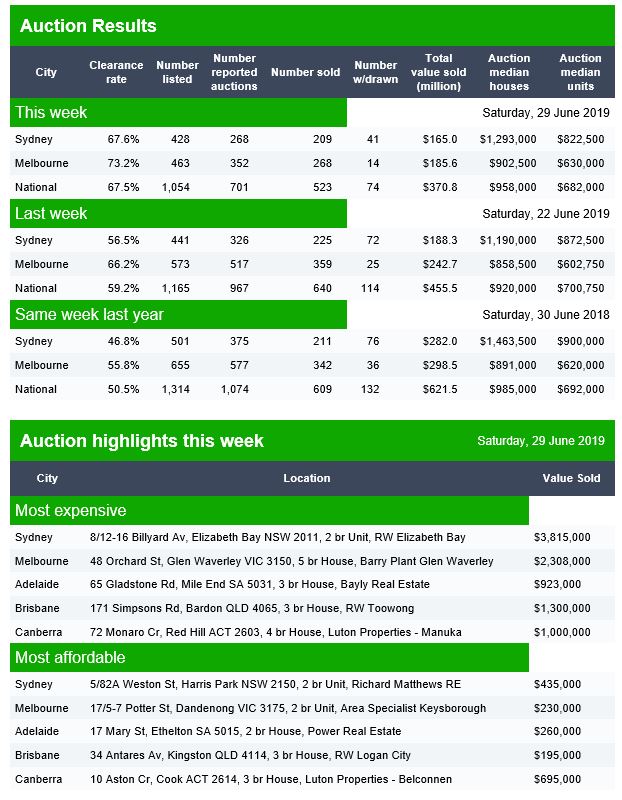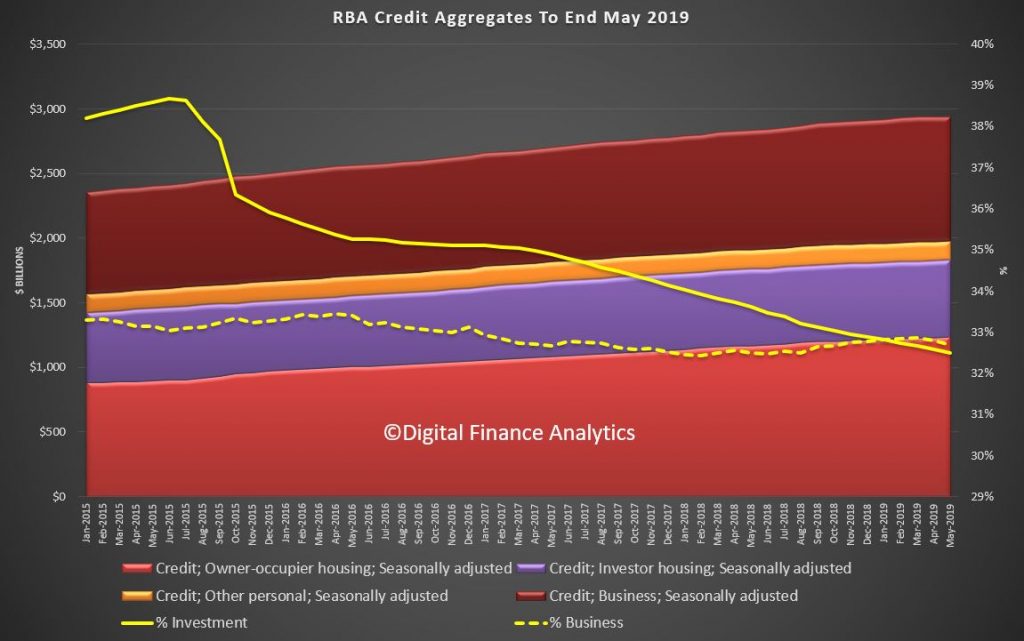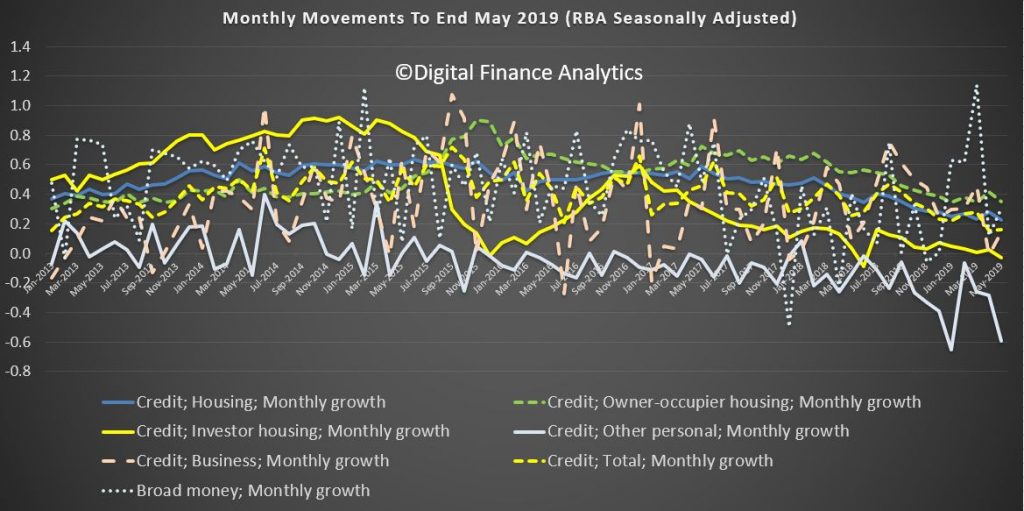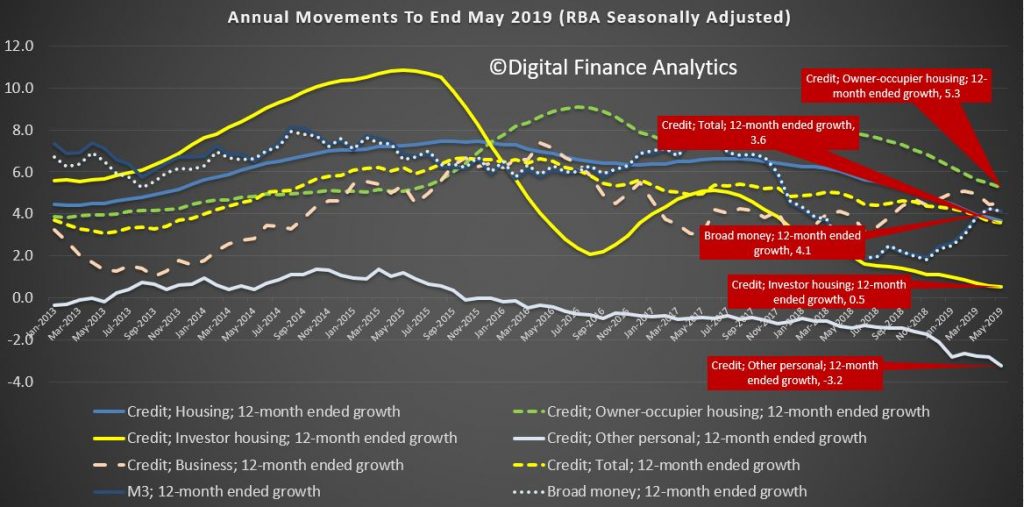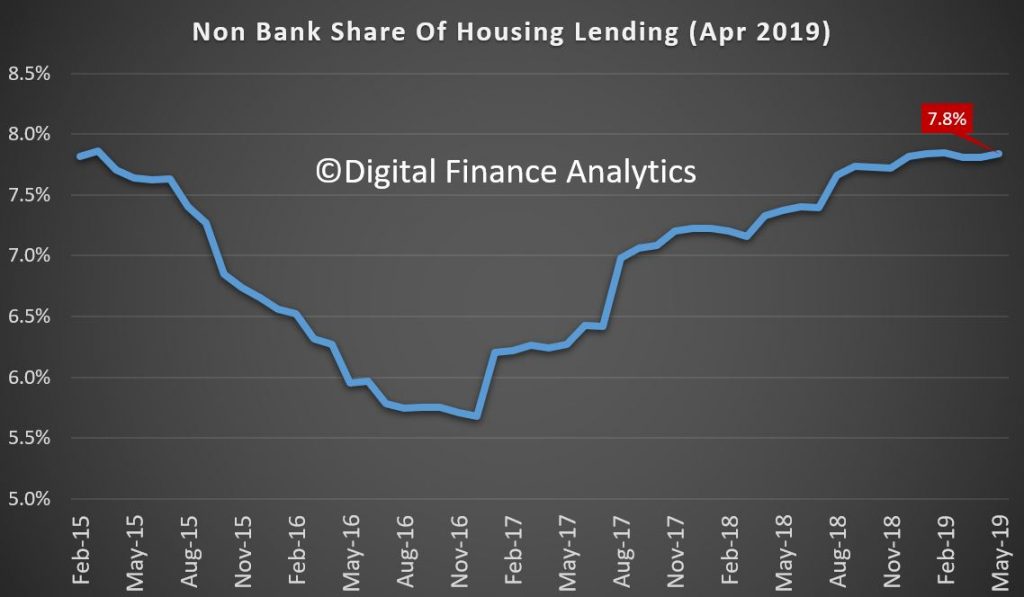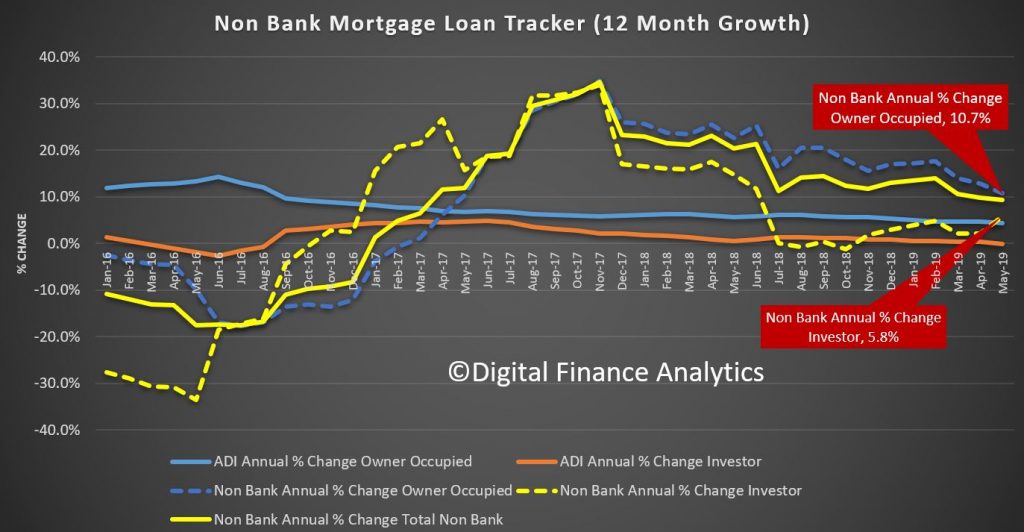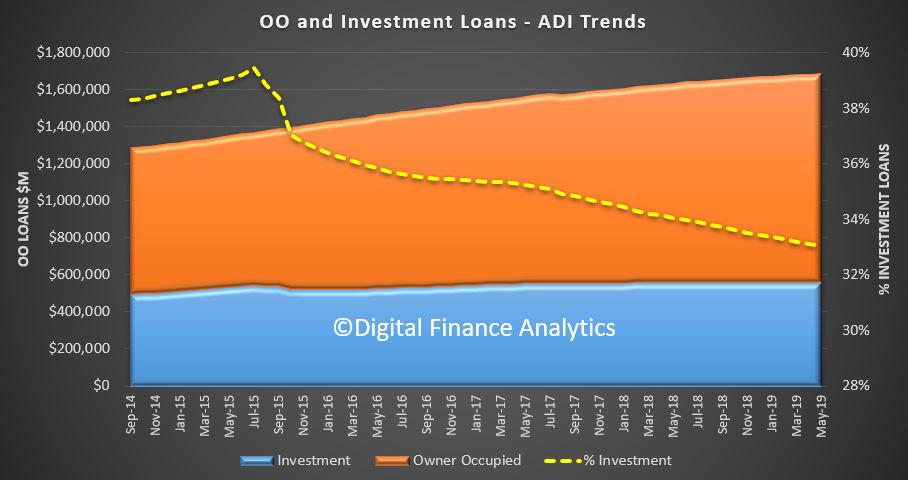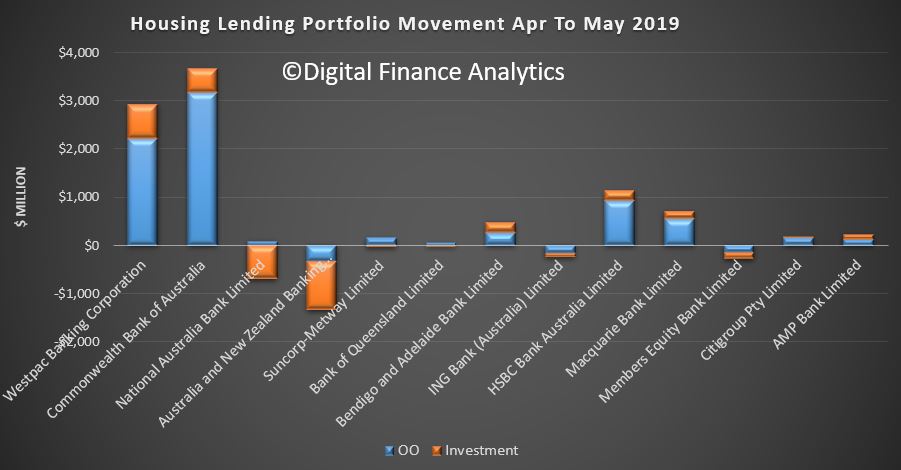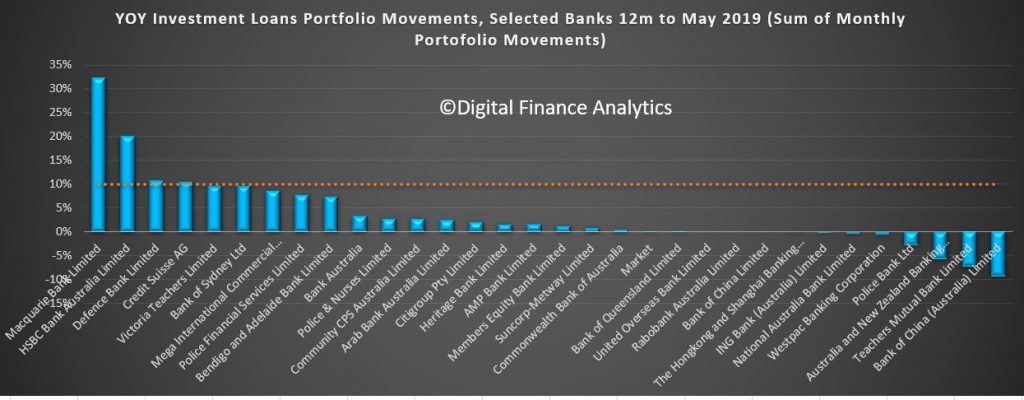The ABA made a big splash when relaunching the revised Banking Code of Conduct which starts today, and yes it is a small win for consumers and SME’s. However, we must ask this: since when are such financial service basic hygiene issues as not charging for no service, advising before charging, considering credit card repayment capacity, speaking in plain English and offering suitable low-fee products, seen as so revolutionary?
Frankly put, these are issues which an industry which truly focused on the well-being of its customers would have long ago addressed. They did not, and were dragged towards better outcomes by the Royal Commission and public pressure.
So, yes, important baby steps, but still a massive leap is required to the desired level of customer-centricity. There is nothing bold or innovative here.
Australia’s banks will comply with a strong new code of practice that significantly increases and enshrines customer protections and introduces tough new penalties for breaches from tomorrow.
The ASIC-approved Banking Code of Practice represents the most significant increase to customer protections under a code in the industry’s history.
From 1 July, under the new Banking Code of Practice, banks will no longer:– Offer unsolicited credit card limit increases
– Charge commissions on Lenders Mortgage Insurance
– Sell insurance with credit cards and personal loans at the point of sale.Under the code banks must:
– Offer low-fee or no-fee accounts to low income customers
– Have a 3 day grace period on all guarantees to give guarantors enough time to make sure it’s the right option for them
– Actively promote low-fee or no-fee accounts to low income customers
– Provide reminders when introductory offers on credit cards end
– Simpler and fairer loan contracts for small business using plain English that avoids legal jargon
– Provide customers a list of direct debits and recurring payments to make it easier to switch banks.Australian Banking Association Chief Executive Officer Anna Bligh said customers can expect to see a change to banking products and services immediately.
“We’ve completely rewritten the rule book for Australia’s banks. The Banking Code of Practice has strong protections for customers, serious consequences for breaches and strong independent enforcement,” Ms Bligh said.
“Banks understand they need to change their behaviour and this new rule book represents an important step in earning back the trust of the Australian public.
“The new Code will form part of every customer’s relationship with their bank and will be strongly enforced both by an independent body, the Banking Code Compliance Committee, and the Australian Financial Complaints Authority.
“Whether it’s through your credit card, home loan, small business loan or just day to day banking, Australian customers will see tangible benefits from this new Code,” she said
Financial Counselling Australia Chief Executive Officer Fiona Guthrie said the new Code was a major step up in the protections for customers, particularly the most vulnerable, and was an important milestone in restoring community trust in Australia’s banks.
“Codes like this really can make a difference because they go beyond black letter law and instead reflect the standards that an industry voluntarily commits to,” Ms Guthrie said.
“The banking industry released its first version of the banking code over 25 years ago and it is really pleasing to see that each version – and this is the fourth major revision – contains advances in consumer protection.
“Financial counsellors in particular welcome provisions around family violence, stronger protections for guarantors, better promotion of free or low fee accounts and more proactive approaches to people experiencing financial hardship,” she said.
Banks have trained more than 130,000 staff on the new requirements in the code so it can begin operating from tomorrow (1st July 2019). Information about the Code has been translated into Mandarin (simplified Chinese), Arabic, Vietnamese, Tagalog/Filipino, Hindi, Spanish and Punjabi.
The Financial Services Royal Commission asked for further changes to the Code which will be implemented by March 2020.
For more information on the new Banking Code of Practice visit ausbanking.org.au/code.


